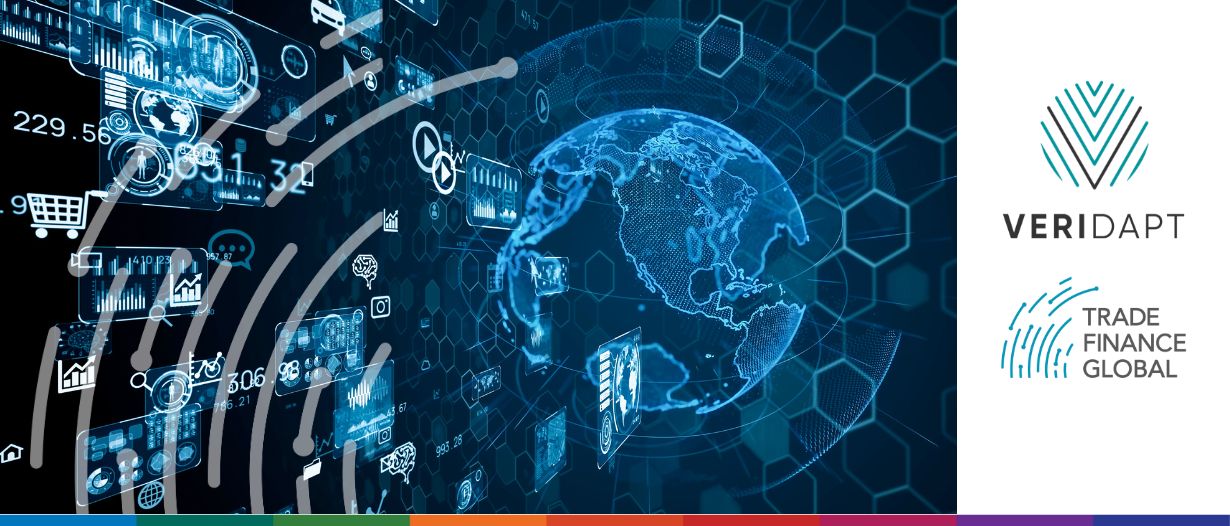Estimated reading time: 6 minutes
Digitalisation is unlocking a multitude of real-time benefits for terminal operators, commodities traders and lenders, promising to make full transparency in inventory management and transaction flows the new normal.
Manual record-keeping and stale inventory data is slowly giving way to digital twin technology that directly addresses stricter requirements placed on terminals for compliance and visibility to reduce risk, facilitate financing and streamline the overall customer experience.
Digitalisation solutions developed specifically for the commodities sector provide 24/7 visibility of inventory and automation of key processes for all parties. Importantly, digitalisation minimises the risk of fraudulent behaviour, such as inventory theft and financial fraud.
Shaik Razwan, Regional Head of Operations, Trafigura said,“Operationally we believe that a terminal should be able to provide real-time data (or close to) so that all stakeholders have complete visibility on their inventories.”
Tan Yuet Yee, Regional head of Trade Finance for Trafigura stresses that there should be a clear way to identify the inventory and positions of financial stakeholders digitally to ensure accurate coupling of physical versus financial flows, which have historically been the “missing leg”.
But the benefits of digitalisation don’t stop there, according to Jeffery Soong, Regional Business Transformation Manager at Trafigura.
“Owing to the enhanced visibility and coupling of data, we should also be able to piece any kind of reconciliation reporting seamlessly so that all reporting is streamlined,” Soong added. “Movements within terminals should be compared and matched to actual nominations to ensure minimal discrepancies and manual work as now.”
All of this points to a need for the terminals industry to modernise and digitalise; to have operational control of inventories, better planning and scheduling tools, and better inventory transparency solutions.
But driving these types of initiatives takes time and expertise that many terminals (particularly smaller ones) may not have, according to David Thambiratnam, CEO of Veridapt Pty Ltd, whose technology is at the forefront of digitalised commodities inventory management.
Veridapt recently introduced proprietary technology solutions that provide highly accurate reconciliation data and a fully digitalised trade flow process, promoting greater liquidity and new business across the energy, trade and storage sectors.
Integrated digitalised solutions providing maximum transparency, verification and data sharing are necessary to help thwart fraudulent activity, and Veridapt’s solutions can do just that.
“Our digital twin technology automates everyday manual tasks for terminal operators, such as inspections, nominations and emails,” says Thambiratnam.
“Our solution also minimises internal risks that bad actors may perpetrate a fraud, leaving the terminal on the hook for missing inventory. Couple that with the fact that often there is insufficient investment in terminal digitalisation and the terminal is probably suffering some anxiety,” Thambiratnam said. “At Veridapt we aim to eliminate that anxiety.”
Veridapt’s technology is capable of reconciling the tank and pipeline matrix under a single platform. This is achieved by calculating the volume of product moved to or from a tank, allocating pipelines to tanks and reconciling with actual measured tank levels.
There is also 24/7 real-time inventory monitoring data accessible by a secure browser login with customisable user access control and digitalised order nomination processing. The platform allows users to communicate and exchange information via a one-stop, collaborative solution that is user-friendly for bank, trading and third-party storage counterparties.
For leading commodities lender Standard Chartered Bank, digitalisation as a driver of efficiency and transparency is “definitely a step in the right direction” and is aligned with the bank’s agenda to support the building of a trusted international digital supply chain ecosystem, says John Chen, Head of Corporate Sales, Singapore and Head of Commodity Sales, ASEAN.
In 2022, Standard Chartered, along with Trafigura and Advario, successfully completed their first live electronic oil inventory financing trade on Singapore’s SGTraDex platform, supported by Veridapt’s technology.
According to Chen, the success of this trade highlights Standard Chartered’s commodity financing capabilities and commitment to supporting the growth of a transparent and secure digital supply chain ecosystem.

“With greater transparency and security, market participants will be able to gain better access to finance – possibly with more favourable terms. In addition, the banking sector can benefit from increased revenue, enhanced risk management and a more diversified client base, while improving liquidity for the wider commodity ecosystem,” Chen said.
Traditionally, as a brick-and-mortar business, Singapore’s Jurong Port Universal Terminal (JPUT), one of Asia’s largest independent petroleum storage terminals, tends to focus on the hard assets. But over the course of the last two years, it has started to look at software and digitalisation to drive revenue and efficiency.
In 2019, JPUT invested significantly in infrastructure that allowed the terminal to operate and handle very-low-sulphur fuel oil (VLSFO) efficiently. Last year it was the first to successfully convert one of its tank farms to receive used cooking oil methyl ester (UCOME) to blend with VLSFO for biofuels.
“Internally, we have identified that our terminal is potentially exposed to financial risks, and clearly there are inefficiencies of paper documents, which are a large contributor to the carbon footprint,” said Loh Wei, JPUT CEO.
“Digitalisation, we believe, can help us solve a lot of our issues,” according to Loh.
Loh stressed the importance of understanding the significant concerns held by terminals in light of so many recent cases of multiple double financing, as well as the inefficiencies linked to paper documentation.
“Moving into a digitalised world not only provides transparency and confidence to banks, it allows our clients to have an efficient way of seeking credit financing through a digital world,” Loh said.
The challenge for terminals, banks and trading companies is to achieve maximum levels of transparency and collaboration across all parties to reap the benefits of digitalisation.
“Currently our understanding is that there is no isolated metric that banks have to ‘upgrade’ digital solutions that their customers use against non-digital ones, which may give companies the inertia to invest in a digital solution with no clear end benefit,” said Trafigura’s Soong.
According to Standard Chartered’s Chen, “The digitalisation of commodity financing will not only bring about manpower efficiencies by reducing archaic reliance on paper documents but also enable greater transparency, security and accountability gains, providing a better experience and streamlined process for all players in the ecosystem.”
Digital innovators such as Veridapt see a day when terminal digitalisation provides a touchless and fully transparent customer experience; a day when terminals optimise hybrid, next-generation workforces.
The time will also come when financiers, traders and even regulators will be able to run secure, transparent financing programmes that are accessible to more SMEs due to the trusted, reliable and transparent nature of the technology.
“What we do at Veridapt is to bridge the physical with the digital at every step of the supply chain,” Thambiratnam said. “This is what drives us every day.”























